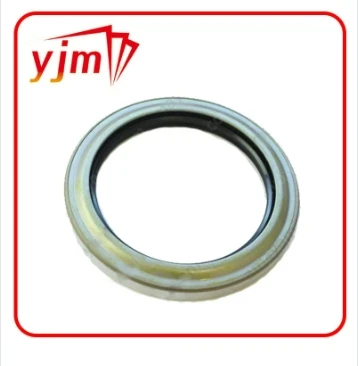Auto spare parts Crankshaft Seal 038103171


For those encountering a faulty rear crankshaft seal, replacement is the most effective solution. This can be a complex procedure due to the seal's positioning, often requiring removal of the transmission. While some skilled and experienced mechanics may tackle this task themselves, professional assistance is recommended for most vehicle owners. Professional mechanics bring invaluable expertise and experience to the table, ensuring the repair is not only performed correctly but also safely and to high standards. In choosing a replacement seal, selecting one from an original equipment manufacturer (OEM) or a reputable aftermarket option is advisable. High-quality replacements offer better durability and fit, reducing the chance of recurrent issues. Trustworthy brands are often more expensive, but they provide a level of assurance regarding the product's reliability and performance. For vehicle owners aiming to extend their seal’s lifespan post-replacement, maintaining a clean engine environment is beneficial. Regular cleaning and checking for any oil spills or contamination can prevent unnecessary stress on the new seal, extending its usable life significantly. Staying informed about vehicle components such as the rear crankshaft seal is vital for anyone looking to keep their vehicle in optimal condition. Through a combination of proactive maintenance, using quality parts, and relying on professional expertise, vehicle owners can navigate potential seal issues with confidence. Awareness and action are the keys to ensuring this often-overlooked component continues to function effectively, contributing to the overall health and longevity of the vehicle’s engine. The rear crankshaft seal may be just one component in the engine’s vast ecosystem, but its role is critical, embodying the intricate harmony needed for the engine to operate smoothly. As technology evolves, so do the materials and methods for improving the efficiency and reliability of these components, promising exciting developments for car enthusiasts and professionals alike.
-
Understanding the Front Main Engine Seal: Purpose, Maintenance, and Installation
News Jul.29,2025
-
Understanding O-Rings and Seal Rings: Types, Applications, and Custom Solutions
News Jul.29,2025
-
Understanding Crankshaft Oil Seals: Rear Seals, Pulley Seals, and Their Role in Engine Integrity
News Jul.29,2025
-
The Importance of Front and Rear Crankshaft Seals in Engine Performance and Oil Management
News Jul.29,2025
-
Crank Oil Seals: Functions, Types, and Cost Considerations in Engine Maintenance
News Jul.29,2025
-
A Comprehensive Guide to O-Rings and Seals: Types, Materials, and Global Applications
News Jul.29,2025
-
Mastering Diesel and Performance Engine Maintenance: A Guide to Critical Oil Gaskets
News Jul.28,2025
Products categories














